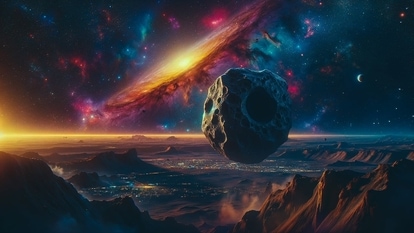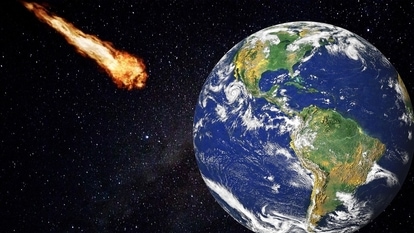NASA Astronomy Picture of the Day 17 May 2023: Dark Sunspots
Today’s NASA Astronomy Picture of the Day is a snapshot of Sunspots on the surface of the Sun in the active region AR 3297.
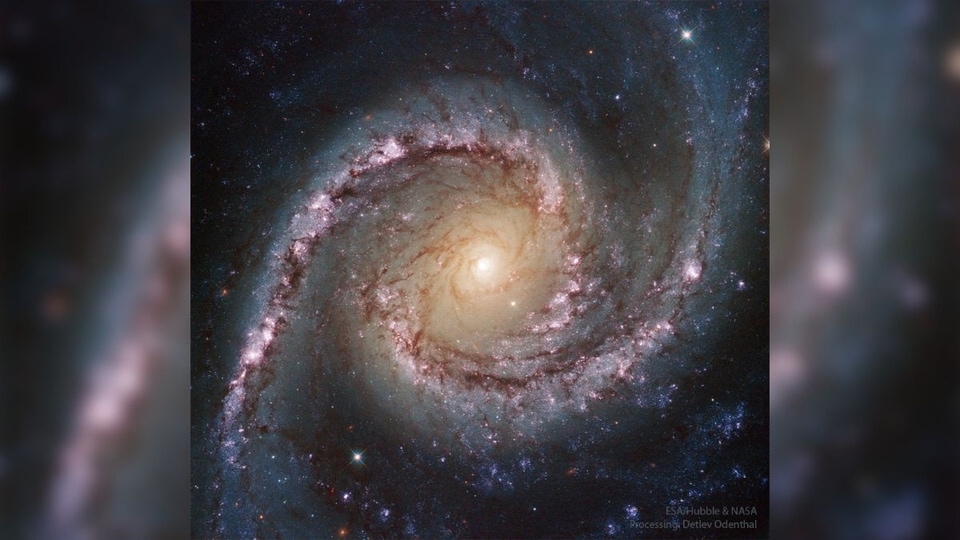
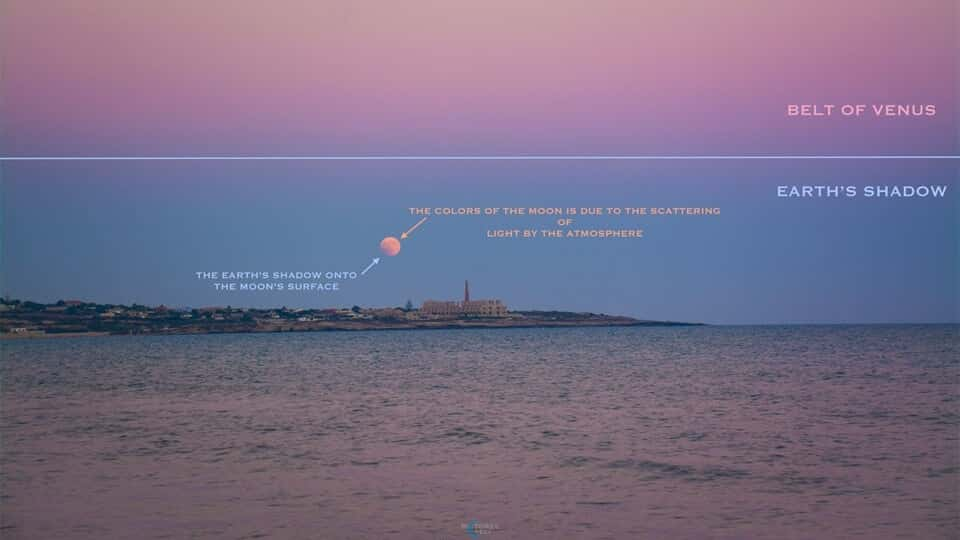
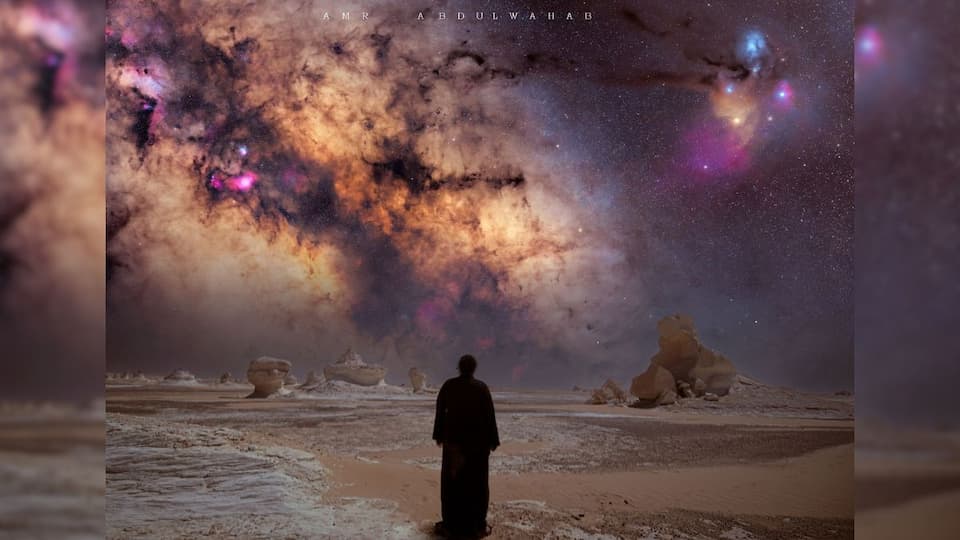
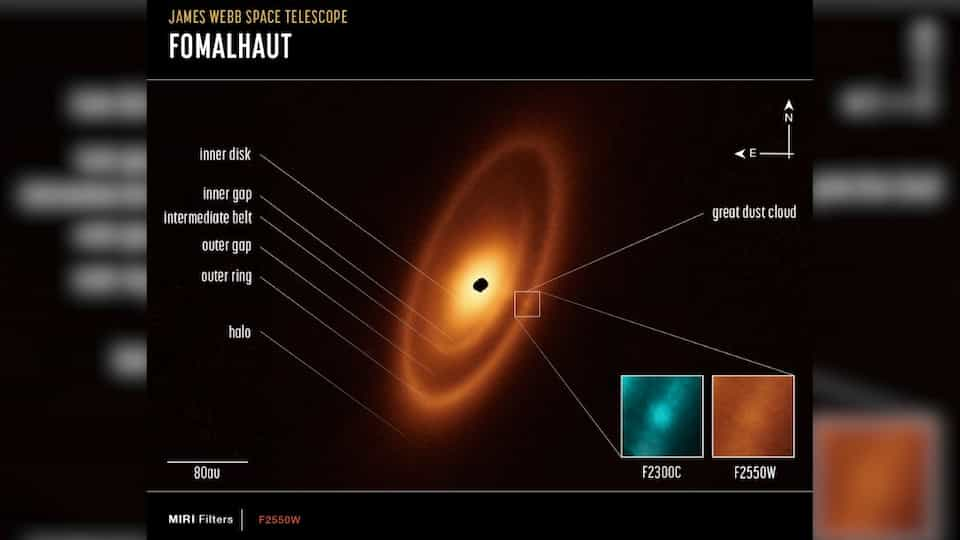
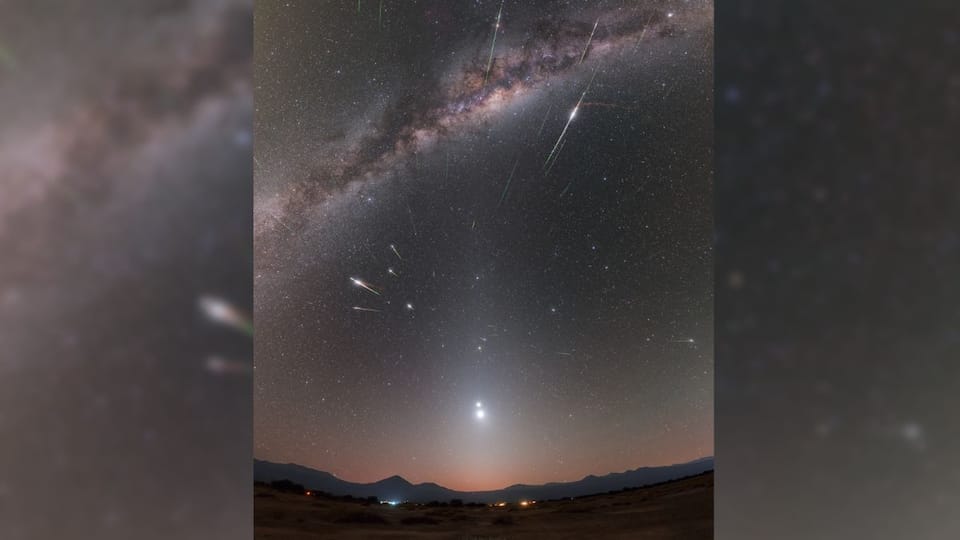

 View all Images
View all ImagesYesterday we saw NASA Astronomy Picture of the Day feature an image of the Sun's Corona which was captured during a total solar eclipse. It was a particularly special image as the Corona can only be seen during the solar eclipse when the Sun's when the main radiation from the Sun's surface is blocked by the Moon. NASA publishes the Astronomy Picture of the Day everyday, featuring pictures captured by astrophotographers around the world. Today's picture is another special image of the Sun.
Today's NASA Astronomy Picture of the Day is a snapshot of Sunspots on the surface of the Sun in the active region AR 3297. According to NASA, Sunspots are dark areas on the solar surface which contain strong magnetic fields that are constantly shifting and can form and dissipate over periods of days or weeks. They occur when strong magnetic fields emerge through the solar surface and allow the area to cool slightly.
This awesome picture was captured by astrophotographer Mark Johnston, an award-winning astronomy speaker and member of the Astronomical League, the Phoenix Astronomical Society and the Astronomical Society of the Pacific.
NASA's description of the picture
Why would a small part of the Sun appear slightly dark? Visible is a close-up picture of sunspots, depressions on the Sun's surface that are slightly cooler and less bright than the rest of the Sun. The Sun's complex magnetic field creates these cool regions by inhibiting hot material from entering the spots. Sunspots can be larger than the Earth and typically last for about a week.
Part of active region AR 3297 crossing the Sun in early May, the large lower sunspot is spanned by an impressive light bridge of hot and suspended solar gas. This high-resolution picture also shows clearly that the Sun's surface is a bubbling carpet of separate cells of hot gas. These cells are known as granules. A solar granule is about 1000 kilometers across and lasts for only about 15 minutes.
Catch all the Latest Tech News, Mobile News, Laptop News, Gaming news, Wearables News , How To News, also keep up with us on Whatsapp channel,Twitter, Facebook, Google News, and Instagram. For our latest videos, subscribe to our YouTube channel.







